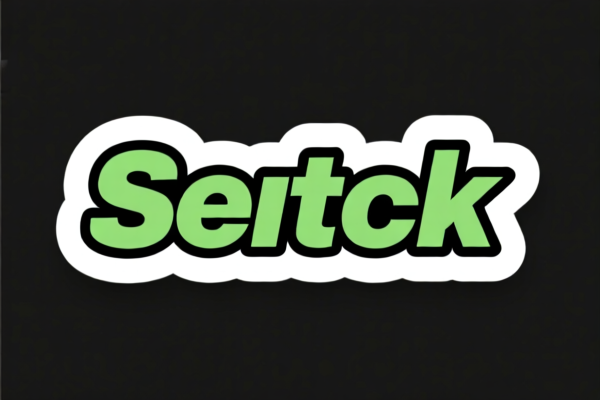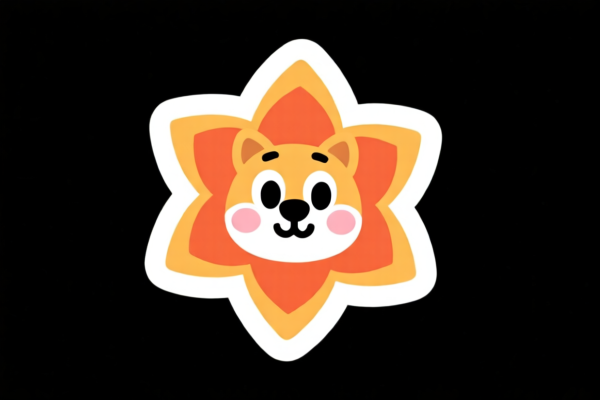| HS Code | Official Doc | Tariff Rate | Origin | Destination | Effective Date |
|---|---|---|---|---|---|
| 3919905060 | Doc | 60.8% | CN | US | 2025-05-12 |
| 3926904510 | Doc | 58.5% | CN | US | 2025-05-12 |
| 4014905000 | Doc | 34.2% | CN | US | 2025-05-12 |
| 4014901000 | Doc | 30.0% | CN | US | 2025-05-12 |
| 4016990500 | Doc | 40.9% | CN | US | 2025-05-12 |
| 9619009000 | Doc | 44.5% | CN | US | 2025-05-12 |
| 9615904000 | Doc | 35.3% | CN | US | 2025-05-12 |
| 9615906000 | Doc | 41.0% | CN | US | 2025-05-12 |
| 3003900190 | Doc | 30.0% | CN | US | 2025-05-12 |
| 3004490050 | Doc | 30.0% | CN | US | 2025-05-12 |
| 3004909280 | Doc | 30.0% | CN | US | 2025-05-12 |
| 3005101000 | Doc | 30.0% | CN | US | 2025-05-12 |
| 3005105000 | Doc | 30.0% | CN | US | 2025-05-12 |




Pimple Stickers
Pimple stickers, also known as hydrocolloid bandages for acne, are small, adhesive patches designed to absorb fluid and promote healing of blemishes.
Material
The primary component of pimple stickers is hydrocolloid, a gel-forming material typically composed of pectin, gelatin, carboxymethylcellulose, and other polymers. Hydrocolloid creates a moist healing environment, which is beneficial for skin repair. The adhesive backing is usually made of a medical-grade adhesive, often hypoallergenic, to minimize irritation. Some stickers may also include ingredients like salicylic acid or tea tree oil for additional therapeutic effects.
Purpose
The main purpose of pimple stickers is to:
- Absorb pus and fluids: They draw out excess fluid, oil, and impurities from pimples, reducing inflammation and size.
- Protect the blemish: They act as a physical barrier, shielding the pimple from bacteria, dirt, and picking, which can worsen the condition and lead to scarring.
- Accelerate healing: By maintaining a moist environment and preventing external contamination, they promote faster healing.
- Reduce visibility: They can conceal the pimple, making it less noticeable.
Function
Pimple stickers function through the following mechanisms:
- Occlusion: The sticker creates a sealed environment, preventing air and bacteria from entering the pimple.
- Absorption: Hydrocolloid absorbs fluids, causing the sticker to turn white as it draws out impurities.
- Protection: The sticker prevents physical manipulation of the pimple, reducing the risk of inflammation and scarring.
- Moist Healing: The moist environment created by the sticker encourages the skin's natural healing process.
Usage Scenarios
Pimple stickers are best used on:
- Whiteheads: They are particularly effective at absorbing the contents of whiteheads.
- Surface-level pimples: They work best on pimples that have come to a head.
- Early-stage pimples: Applying a sticker early on can prevent a pimple from worsening.
- As a preventative measure: Some people use them on areas prone to breakouts.
Common Types
- Standard Hydrocolloid Stickers: These are the most common type, designed for general use on whiteheads and surface-level pimples.
- Salicylic Acid Stickers: These contain salicylic acid, a beta-hydroxy acid (BHA), to help exfoliate the skin and unclog pores.
- Tea Tree Oil Stickers: These contain tea tree oil, known for its antibacterial and anti-inflammatory properties.
- Micro Needle Stickers: These contain tiny micro-needles that deliver ingredients deeper into the skin.
- Invisible Stickers: These are thinner and more discreet, designed for daytime use.
- Larger Patch Stickers: These are designed for larger or more inflamed pimples.
Pimple stickers are typically small adhesive patches designed to cover and absorb fluids from pimples, aiding in healing and preventing further infection. They are generally made of materials like hydrocolloid or other absorbent polymers.
Here are the relevant HS codes based on the provided reference material:
- 3919905060: This HS code covers self-adhesive plates, sheets, film, foil, tape, strip and other flat shapes, of plastics, whether or not in rolls. “Other: Other Other” is the specific subheading. This could apply if the sticker is primarily made of plastic and functions as an adhesive patch. The total tax rate is 60.8% (5.8% base tariff + 25.0% additional tariff, increasing to 30.0% after April 2, 2025).
- 3005101000: This HS code covers adhesive dressings and other articles having an adhesive layer, coated or impregnated with pharmaceutical substances. If the pimple sticker is specifically marketed for medical use and contains pharmaceutical ingredients to aid healing, this code may be applicable. The total tax rate is 30.0% (0.0% base tariff + 0.0% additional tariff, increasing to 30.0% after April 2, 2025).
- 3005105000: This HS code covers adhesive dressings and other articles having an adhesive layer, other than those coated or impregnated with pharmaceutical substances. If the sticker is an adhesive patch but does not contain pharmaceutical ingredients, this code may be applicable. The total tax rate is 30.0% (0.0% base tariff + 0.0% additional tariff, increasing to 30.0% after April 2, 2025).
- 4014905000: This HS code covers hygienic or pharmaceutical articles (including nursing nipples), of vulcanized rubber other than hard rubber, with or without fittings of hard rubber. “Other: Other” is the specific subheading. If the sticker is made of vulcanized rubber, this code may be applicable. The total tax rate is 34.2% (4.2% base tariff + 0.0% additional tariff, increasing to 30.0% after April 2, 2025).
Important Considerations:
- The classification between 3005101000 and 3005105000 depends on whether the pimple sticker contains pharmaceutical substances. Documentation verifying the composition of the sticker will be necessary.
- If the sticker is marketed for medical use, providing evidence of its intended purpose may be required for customs clearance.
- The tax rates are subject to change, particularly after April 2, 2025, as indicated in the reference material.
Customer Reviews
No reviews yet.